A DRop in the ocean or Following your heart.
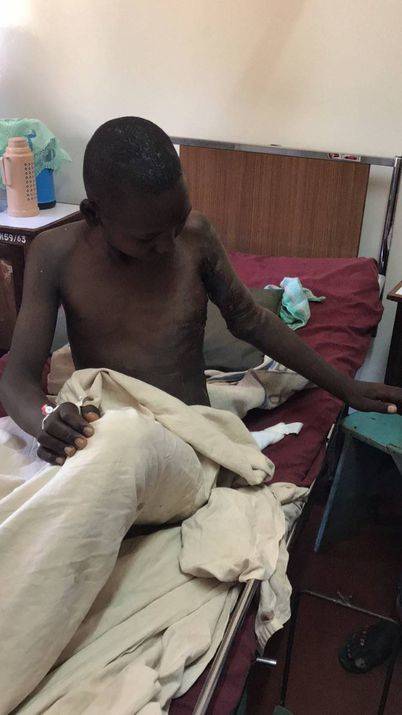
Day 7 Mpaka baadaye!
We had some extraordinary days here. The most special days was during the Saturday morning rounds. Nearly all patients we operated on were children. They were still admitted so we could visit them. Apart from the tears and the shrieking during the wound dressing changes, we saw many small and larger miracles happening right before our eyes ... 2-year old Mbodje looked at his foot which has been completely distorted and grown to his leg for a very long time and now looked 'normal' again I will never forget that look from him when he moved his foot for the first time. And the 6-year old boy whose upper arm was completely stuck to his trunk; I was there when he made his first movements with his 'new arm' with the occupational therapist present. This was a special moment for me. I was allowed to take pictures and share it. At first he could not even be happy simply because he could not get what was happening.
In the afternoon we received a respectful farewell from the whole team. For a moment I thought that certificates would be issued, but it turned out to be a whole series of speeches of gratitude. This showed more than before to what extent our presence was appreciated. I got a beautiful Masai dress that they only give to people who come back. Grateful and clever.
We took off on a small plane from the bumby runway of clay and flew over the beautiful landscape back to Kilimanjaro airport. The 'Kili', the giant mountain of almost six kilometers altitude, was our phenomenal destination. A beautiful journey that somehow started to seem normal. The Kili waved at me. No farewell but clearly a 'see you later'.
Mpaka baadaye!
Day 6 The new surgical clogs of Mughisha
This was the last day of surgeries. We have a packed program. We wanted to help as many patients who walked in last-minute as possible and, of course, disappoint as few people as possible. But there was hardly anyone present at the morning rounds. What surprised me so much yesterday, became reality today: because the Moon was visible last night, today is an official holiday.
This may surprise us Western people but this made me having even more respect for those who were present to helped us make this mission a success. Many Tanzanian colleagues (now friends) helped us on a day off and today we finished our program earlier than on previous days this week! I respect that.
Mughisha is one of the young surgeons for whom we gave the training. I saw him put on ‘his’ clogs that morning when he entered. But wait a minute ... those were my clogs that I had brought for this mission! Then I realized that this was a spontaneous and symbolic gesture. I told Mughisha that these were my old clogs and that I would be honoured if he wanted to have them to follow my footprints. How he felt about my gesture is clearly visible on the photo.

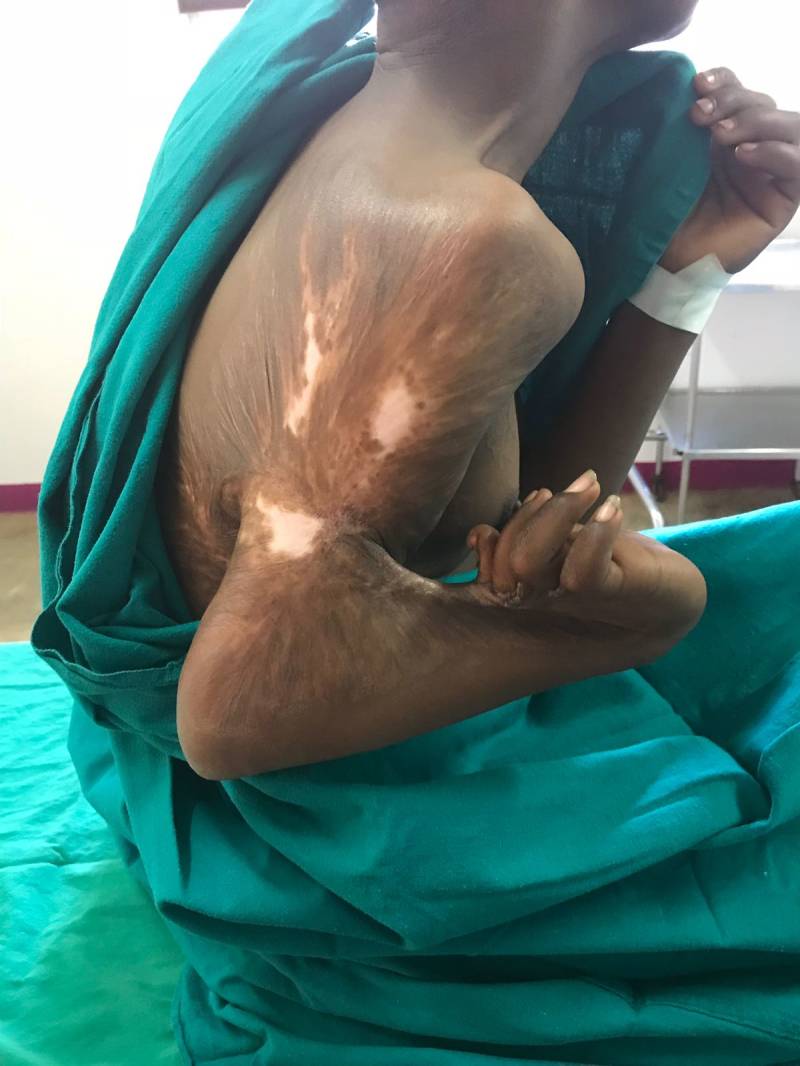
Day 5 - The moon
It is almost winter here. During the day it is 24 degrees, but at night it's pretty cold due to the fact that we are at 1800 meters altitude. We have a view of the beautiful Tanzanian landscape where many hyenas are present. Especially when it is dark, the hyenas make themselves heard with their distinctive sound. I feel safe on the compound of the hospital.
Fortunately, today we also had time to operate on the patient with burns who had been admitted yesterday; one of our strong people. We treated her as much and extensively as possible, and of course to the best of our knowledge and abilities. This made it a much more extensive operation than usual. This was quite a culture shock here where normally a few weeks go by before they operate on someone. They would rather wait, but for what? ...
Tomorrow will be a day with a packed surgical program. It is the last day we will be operating and we wanted to disappoint as few people as possible. Of course we will do our best but we will have to see whether we are going to make it tomorrow. The answer to that question depends mainly on the moon ... This afternoon, an operating room nurse told me that tomorrow is likely to be a day off. This is not certain yet. When I asked why the answer was both simple and striking answer: if we can see the moon tonight, tomorrow will be a day off. If not, than no day off. I did not see this one coming.
Tonight, we had a farewell dinner for Sister Avelina. She gave a wonderful and moving speech to thank us and she sang and prayed for us. I was speechless and still; I am not religious but I believe in the kindness and sincerity of people. People like Sister Avelina. On the way back I admired the beautiful Tanzanian starry sky. We could not see the moon. Yet I am convinced that she is going to appear and that tomorrow it will be a day off.
I don’t mind; regardless of the moon appearing or not, we will be there and will continue our work to help everyone in need.
Day 4 – Strong people
Tanzanians are mentally and physically strong people. I have now seen and experienced this myself. Patients lie in crowded rooms or even in the hallway. And this hallway is full too. When we visit a patient to his burns, the dressing just goes off like that. In the middle of the corridor. Without flinching. I often have experienced this differently. Their wounds often get seriously colonized and infected before they reach the hospital. Nevertheless, a skin graft seems to grow quite well which makes the wound heals well. With more extensive burns, we often see the systemic inflammatory response syndrome (SIRS, the body’s complex pathophysiologic response to an insult such as infection, trauma and burns). In people in the Western World anyway. Apparently for the Tanzanians, this may work differently.
This evening a burn patient arrived in the Emergency Room after she had traveled 55 miles. The first seven days she had been treated by a traditional healer with a mixture of ash and eggs. We wanted to operate on her the same night, but there was another emergency in between. In the meantime she remained stable. Exhausted and thirsty, though. Clearly she has a strong constitution.
Where did the first human being actually come from? Africa, indeed. In a thousand years we will hopefully have evolved as well, to strong people.
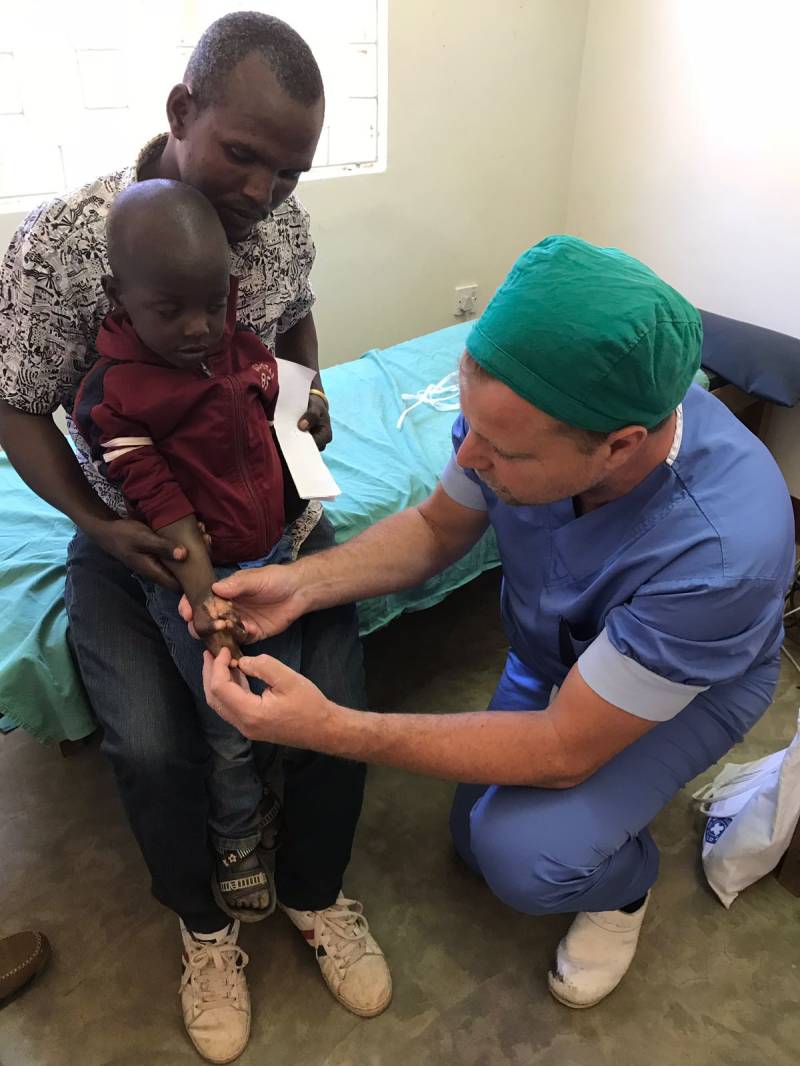

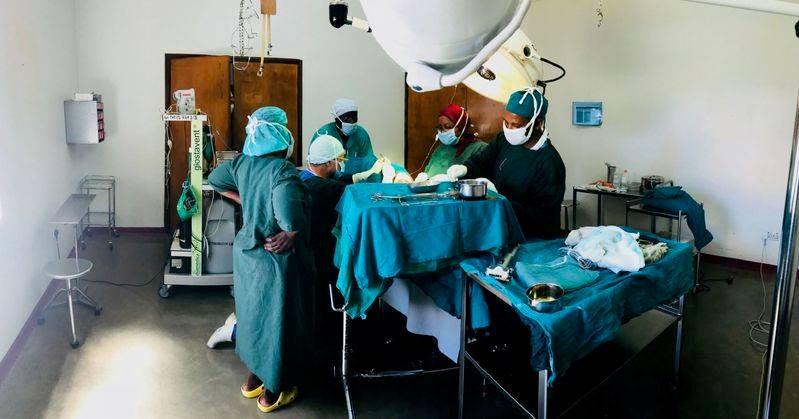
Day 3 – Sister Avelina
Every day I want to shine the spotlight on someone I come across during my stay here. Today it is Sister Avelina. Sister Avelina is a surgeon. And this may sound confusing, but she is also a nun. During here time as a nun she noticed a lack of medical care in her region, so she decided to become a doctor specialized in surgery. The fact that she managed to do that speaks volumes about this woman. She is the only surgeon working in Tanga, a region bigger than the Netherlands. And this region unfortunately has not had surgical care for the past six days due to the fact that she came to Haydom to be trained by us. I did not know this, but she was aware of what her absence would entail. She travelled for two days by bus, has been here for two days and will return in another two-day journey. Her lack of training, that we in the Netherlands get, is compensated by her enthusiasm, inquisitiveness, intelligence and modesty. What an honor to transfer our knowledge to this incredible person. And yes, she has taught me as well during this fascinating day of operating patients with dysfunctional body parts due to burns, and what we fortunately were able to reconstruct. If you happen to be in the area of Tanga and in need of surgical care, then you know who to go to: Sister Avelina…
Blog June 11, 2018 - Day 2 & Thom
Today, the actual missionary work started! At 7.30am we were allowed to join the transfer of the clinical team in the library. It was a warm welcome. During the church service afterwards, we were introduced to all staff members by the director. Not that I would like to copy all of the customs here but I noticed that the joint starting of the week with singing certainly has benefits. When we arrived at the operating theaters, we immediately noticed that the hospital has made our mission the theme of the week. This means that they pay special attention to burn care this week and many of the staff members were (pre-) willing to work longer. A little miracle.
Three major operations were scheduled for today. We operated on two patients with severe strains of the hands by scars, so that their hands were no longer functional. In both cases we succeeded in getting the fingers straight and mobile again. But we cannot say that the surgery has been successful until the patients start to use the hand again. The operation is only the beginning of the process. But a good start is crucial for a good outcome. The third and last patient was a 14-year-old boy with his left upper arm fully attached to the trunk. We have been able to release the arm completely. In fact, for all three cases the level of severity of their conditions is so high, we actually never see this anymore in the Netherlands because of the quality of acute burn care. Fortunately, the principles and operating techniques that I apply in the Netherlands work fine here. A complex burn operation requires a customized approach and improvisational skills. This is of course very useful in the Tropics.
In the afternoon, I had the opportunity to visit a patient with Thom Hendriks (see photo). Thom is a Dutch doctor and works in Haydom. Under the supervision of Matthijs Botman and myself he has started a wonderful project: he follows up and measures the outcome of all burn reconstructions in Haydom. It is really great to be involved, not only because Thom is such a nice guy but also because I know that the data he collects is unique in its kind. In developed countries like in Western Europe and the US, there hardly exist proper long term outcome registries, let alone in a country like Tanzania. Thom is therefore working on a truly innovative project which will likely be an important step forward in the quality of burn care in Tanzania but will also have worldwide impact.
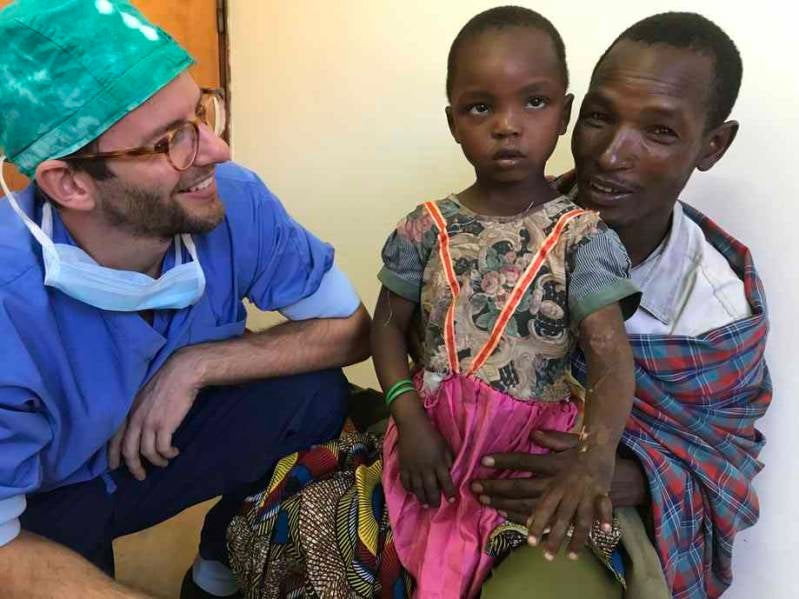
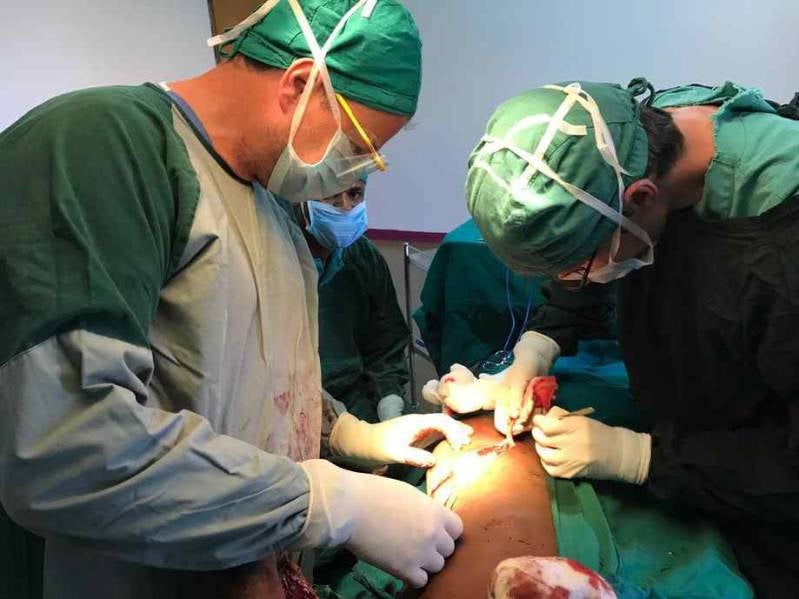


Blog June 10, 2018 - Day 1 & Pat
Yesterday, we landed at Kilimanjaro Airport. Unfortunately, our welcome to Tanzania was very disappointing because at customs we had to leave the medications and wound dressings we brought for the hospital for purely bureaucratic reasons. Very unfortunate.
Luckily, thereafter we were pleasantly welcomed by Pat Patten after a 1 hour drive from the airport. Pat is an American, priest and air pilot. In 1983 he founded the Flying Medical services for Tanzania. This flying brigade is still one of the few services in Africa. I have a lot of respect for people like Pat who, for 35 years, has kept such a great flight service up and running with all the technical, financial and bureaucratic problems that come with it. Today he and a French pilot called Laurence brought us to Haydom on a Cessna plane. The Arusha Airport where we take-off had an asphalt runway but we landed on an old clay track near the hospital of Haydom. Found out that landing on such a runway is fine too.
On the photo on the right you see Pat and Matthijs next to the plane on the runway. This gives a nice impression of the situation.
The first impression of the hospital was not bad. It met my expectations with patients in the hallway and limited hygiene. On the other hand, it was also modern: part of the departments work with an electronic patient record system. It actually looked more user-friendly than the Dutch systems.